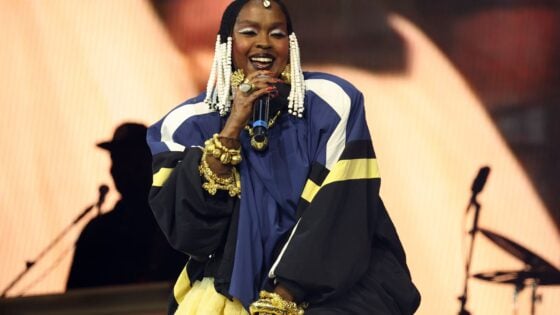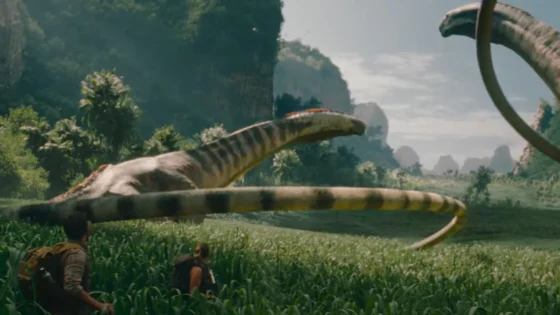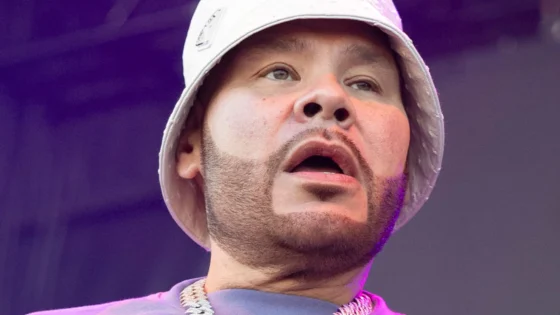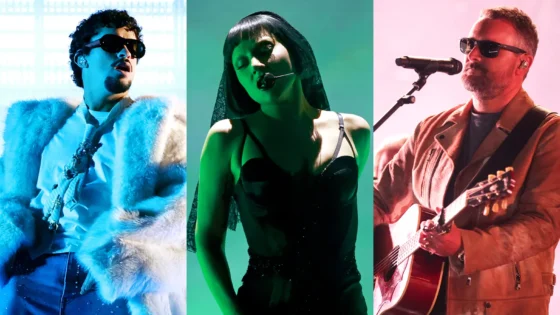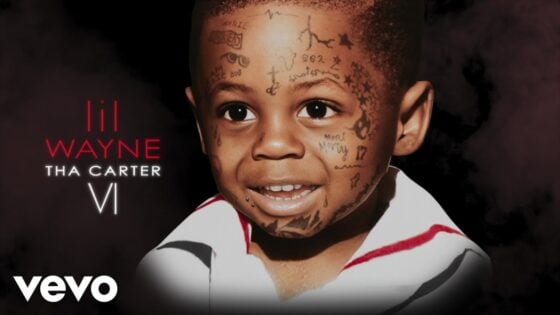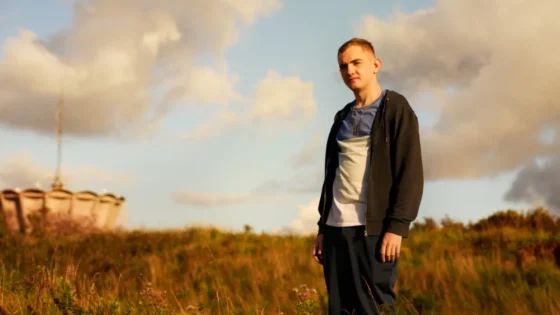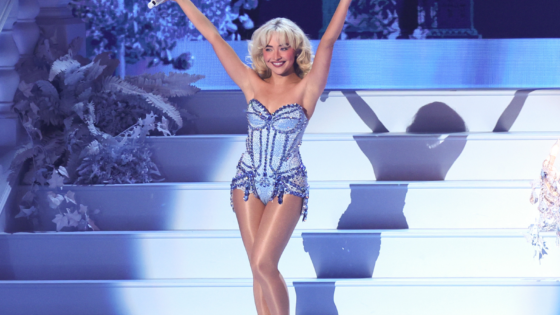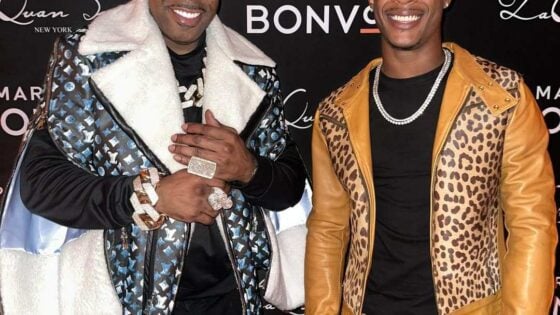Film
How to Make an Entrance #6: Indiana Jones in ‘Raiders of the Lost Ark’
For an iconic movie hero, Indiana Jones sure has a strangely villainous entrance in ‘Raiders of the Lost Ark.’
There are innumerable critical choices involved in the production of a great film, but one of the most apparent (and important) is determining how an important character first appears. It can happen in a flash, or slowly build to a satisfying reveal, but however achieved, much of a movie’s success can hinge on these moments. Heroes, villains, and anyone in between; the first impression is often how we remember them for the rest of our lives, so filmmakers had better make it count. How to Make an Entrance hopes to celebrate some of the greatest film character entrances of all time by attempting to examine and explore why they work so well — and along the way, perhaps reintroduce readers to some classic cinema friends.
Indiana Jones in Raiders of the Lost Ark (1981)
If you’re an 1980s kid, it’s highly likely that there aren’t many more unforgettable cinematic introductions than that of a 1930s archaeology professor. Indiana Jones ruined the image of academics for an entire generation by being the kind of professor whose work required handing out not only homework to students, but sometimes beatdowns to Nazis. Harrison Ford’s iconic hero is one of the most recognizable characters in movie history, so it’s no surprise that his entrance in Raiders of the Lost Ark is memorable; however, look past the coolness of the jungle setting, the fascination of the crumbling map pieces, and the thrill of hearing the first crack of that trademarked bull whip for the first time, and there’s something a bit weird about the moment Indy finally steps into the spotlight. We see the man, but do we really see the character?
Look, a classic movie entrance doesn’t necessarily have to work perfectly on a thematic or character level; there are other reasons for being memorable, and I suppose Raiders‘ is pretty apparent. Indy’s reveal is the kind of dramatic, macho beginning people wanted to see from their heroes in the decade of tough guys, and that’s how it’s fondly remembered. The thing is, if you had never seen a frame of this 1981 masterpiece (unconscionable, but possible), that initial tone just doesn’t seem to fit with the guy audiences will soon be cheering as a wry, adventurous, flies-by-the-seat-of-his-pants action hero. Why is Indiana Jones so menacing?
This feeling starts with a gradual buildup of alienation, as the opening shots deny viewers their hero’s identity. Jones makes for an enigmatic sihouette, but this faceless, wordless shadow puts the audience immediately at a distance. Director Steven Spielberg and cinematographer Douglas Slocomb also compose images that keep Ford’s face out of frame, deliberately choosing to withhold, and they position booming shafts of backlighting to contrast with and create pockets of darkness for their star to remain masked. It’s certainly effective in creating an air of dangerous intrigue in an exotic land — the perfect setting for mystery and adventure — but also strangely aloof.
Also, even a silent character can speak volumes. By choosing to ignore the growing worries of his cowardly porters, Indiana Jones exhibits cold indifference, keeping himself even more remote; after all, these two guys are all the audience has to emotionally connect with at this point, and frankly, their concerns about being hunted seem pretty fair. At a critical pause near a small waterfall, one of the porters finally makes his move — and it would not be unreasonable on first viewing to think that this man is reaching for his pistol because has had enough of this whole expedition. After all, his life is at risk.
Spielberg makes sure to telegraph the dastardly porter’s actual nefarious motivations with a close up of the shifty-eyed Barranca, and thus we can instinctively know whose side to stand on, but what happens next almost reverses that. It’s the kind of moment normally reserved for Bond villains.
After whipping the gun right out of his would-be murderer’s hand (obviously awesome), Indiana Jones finally steps up and shows us who he is. Or does he? Note that even after entering into the light, Jones’ face is still half-covered by shadow. This is normally a visual cue of potential sinister nature — a classic hero, after all, has nothing to hide. Spielberg also has Ford physically approach the camera in much the same way that Barranca does before his betrayal; does the mirroring subconsciously suggest he shares traits with his would-be attacker? On top of that, Ford emotes only iciness behind that tanned visage, and John Williams’ score turns decidedly pronounced and sinister. Okay, he’s a tough guy — but is he evil or something?
Maybe Harrison Ford has such a trustworthy face that none of this matters, or maybe the shocking action temporarily stuns the viewer with coolness, but for a few seconds, it’s not hard to imagine Indiana Jones as the villain in his own story. Spielberg and the script will quickly show Indiana Jones’ more defining characteristics, as he is faced with dangers such as a giant boulder, a tribe of hostiles, a deadly competitor, and a big snake (not to mention a classroom full of female admirers), but his introduction in Raiders of the Lost Ark oddly has little to do with that man. No humor, no improvisation, no humanity — just a peculiar severity that rarely shows its face again. Setting up a character isn’t usually so mysterious, thus making this a fantastic and fascinating start for a movie icon. It’s one ingrained in my mind forever — even if all these years later, I’m still not sure why.
That’s how to make an entrance.
* For more articles in this series, click here


